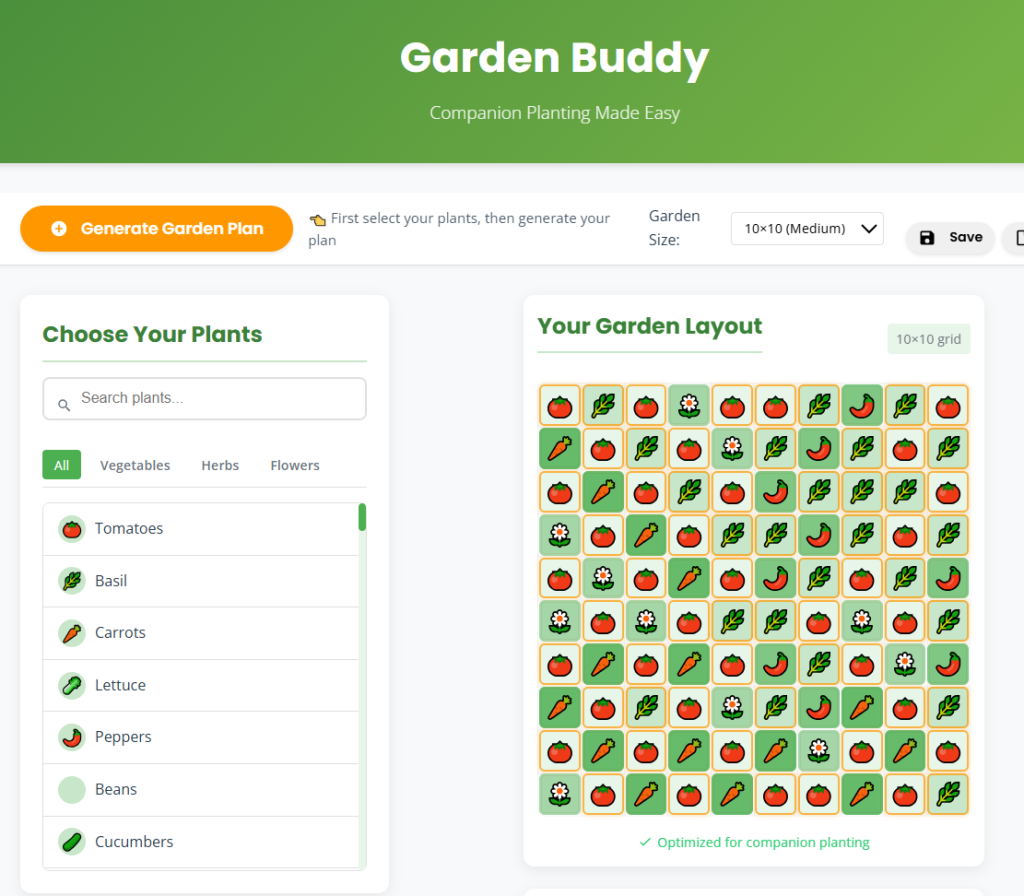
Unlocking the Sweet Potential of Honeyberries: Companion Planting Explained
I. Introduction
If you’re like me, the idea of growing Honeyberries might just get your gardening heart racing. These little gems, often called “Haskap,” are not only delicious but also packed with nutrients. Native to Northern regions, Honeyberries thrive in well-drained, fertile soil and love a mix of sun and partial shade. On average, they grow to about four feet, making them perfect for a backyard garden.
Did you know that Honeyberries are known for their unique flavor profile, blending the sweetness of blueberries and the tartness of raspberries? I often find myself reaching for these berries when they’re in season. Plus, they typically bloom earlier than many other fruits, giving me a jump start on harvesting!
Now, let’s dive into the various ways to grow Honeyberries. You can plant them in traditional rows, but have you considered vertical gardening? Staking or trellising your Honeyberries can save space and make harvesting easier. I’d also suggest exploring different cultivars like ‘Blue Moon’ or ‘Sugar Tune,’ which vary in sweetness and size but all crank out those lovely blue berries.
II. Benefits of Companion Planting for Honeyberry
Have you ever wondered, “What are the benefits of companion planting for Honeyberry?” Well, let me tell you—they’re vast! Companion planting can enhance growth, yield, and even protect plants from pests. Imagine your Honeyberry bushes thriving next to plants that not only improve soil health but also deter harmful insects. It’s like having nature’s little bodyguards in your backyard!
What are good companion plants for Honeyberry?
When planting Honeyberries, choosing the right companions can make all the difference. Here are some fantastic options:
Plants to Avoid
Now, you might be wondering if there are any plants to avoid. Luckily, Honeyberries don’t have known companions to steer clear of. That said, it’s always a good idea to monitor how different plants interact in your garden. In general, make sure to keep aggressive plants away from your Honeyberries. For instance, those sprawling groundcovers can compete for nutrients if planted too close.
Summary of Companion Plants
To keep your Honeyberries happy, consider planting fruit trees like ‘Honeycrisp’ apples or ‘Bing’ cherries, alongside bushes such as ‘Heritage’ raspberries and blueberries. Space these companions about 3-4 feet away to ensure they have room to grow and won’t cast shadows that would hinder your Honeyberry plants. I like to keep my herbs a bit closer—about 1-2 feet away. Keeping this distance helps them thrive without competing too heavily for resources. Remember, a thriving garden is all about balance!
So, are you ready to transform your garden into a Honeyberry haven? I can’t wait to hear about your companion planting successes!
Planting Guidelines for Companion Plants to Honeyberry
When it comes to gardening, I can’t stress enough how vital it is to consider companion planting. It’s fascinating how certain plants thrive better together, while others can actually hinder growth. Honeyberries are no exception to this rule! So, let’s dive into some specific spacing recommendations for companion plants to Honeyberry.
General Spacing Recommendations for Fruit Trees and Berries
For most fruit trees, a good rule of thumb is to space them about 15 to 30 feet apart, depending on the variety. This gives them room to grow and ensures they don’t compete for nutrients. Berries, on the other hand, generally need less space—around 3 to 4 feet apart is ideal.
Guidelines for Tall Companions
When choosing tall companions, I usually recommend spacing them about 6 to 8 feet from Honeyberry plants. This way, they won’t overshadow the shorter plants while still benefiting from shade and structure. Two great tall companions are **Sunflowers** and **Corn**.
Guidelines for Low-Growing Companions
For low-growing plants, I find that spacing them about 1 to 3 feet from Honeyberry works best. This keeps them close enough to share nutrients but far enough not to crowd each other. Consider planting **Strawberries** and **Creeping Thyme** in this category.
Guidelines for Strongly Aromatic Companions
Spacing for aromatic companions is typically about 1 to 2 feet away to maximize their pest-repelling properties while still enjoying their fragrance. I often plant **Lavender** and **Basil** near my Honeyberries; the aromas can deter pests and attract helpful pollinators.
Guidelines for Nutrient-Heavy Feeders
Nutrient-heavy plants like **Squash** and **Tomatoes** should be spaced about 2 to 4 feet away from Honeyberries. These companions will benefit from additional spacing since they tend to draw significant nutrients from the soil.
Guidelines for Spreading or Vining Companions
For those spreading or vining plants, it’s best to give them a distance of about 3 to 5 feet from Honeyberries, allowing them plenty of room without becoming invasive. Great examples include **Pumpkins** and **Cucumbers**.
Tip for Adjusting Based on Garden Conditions
Remember, every garden is unique! It’s wise to adjust these guidelines based on your specific garden conditions and the mature sizes of the companion plants you choose. Keeping an eye on how plants interact can really enhance your garden’s bounty.
Summary of Companion Plants for Honeyberry
Fruit Trees
– **Apples**: These are wonderful companions for Honeyberry as they share similar soil and sunlight needs. They can also help with pollination. Don’t forget to plant some **Bell Peppers** nearby; they’re excellent soil mates!
– **Pears**: Spaced about 15 feet apart, they pair nicely with Honeyberry. Consider adding **Raspberries** alongside—these plants have a mutual relationship that promotes healthy growth!
Berries
– **Blueberries**: They thrive in acidic soil, just like Honeyberry. Plant them a few feet apart, and add **Thyme** nearby for an aromatic touch.
– **Blackberries**: Like Honeyberry, they love sunny spots! When planting, keep them around 3 feet apart, and they can work well with **Marigolds**, which help keep pests away.
By considering the right companions and distances, I’ve found my Honeyberries thrive better than ever! Happy gardening, and don’t hesitate to drop by if you have questions or need more tips.

Leave a Reply